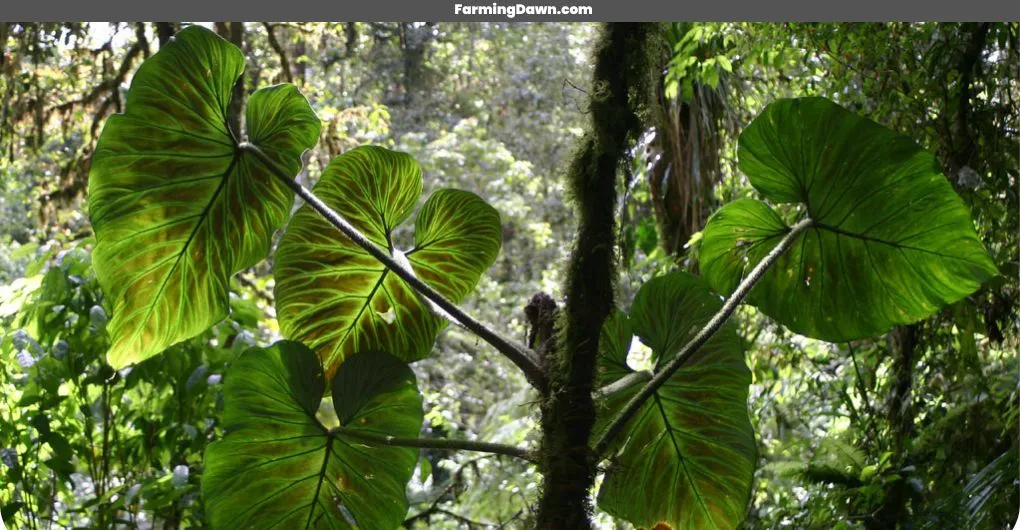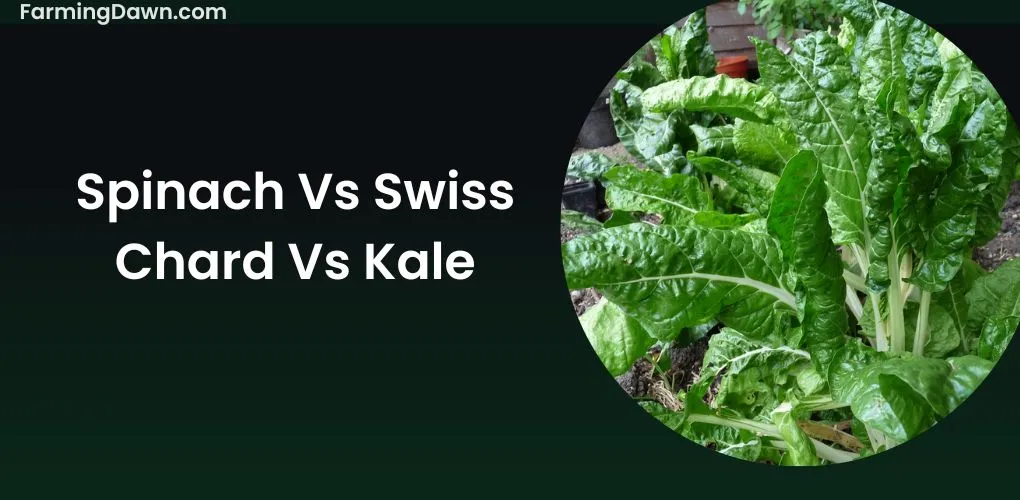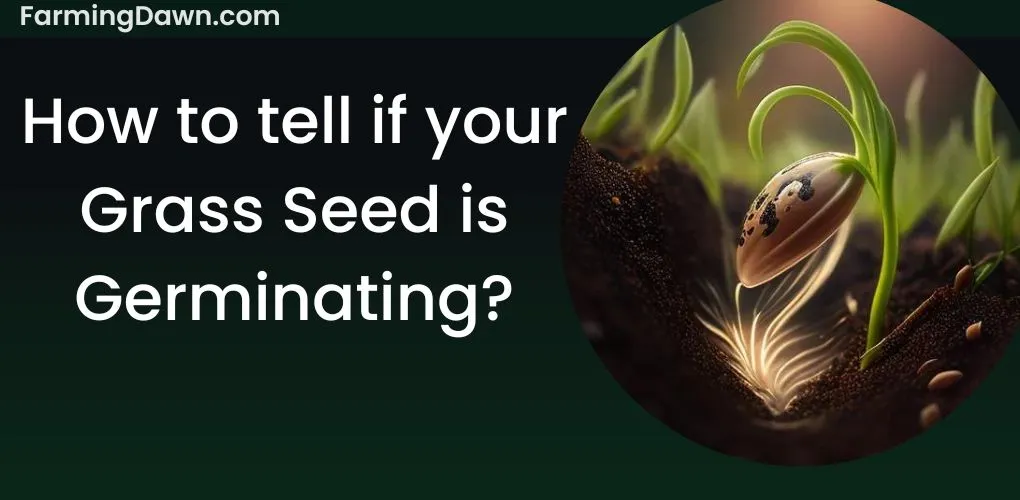The beautiful tropical species Philodendron Verrucosum is a sight to behold and it’s sure to bring life into any space you choose to put it in! It has an interesting origin story, as well as some unique characteristics that make it stand out from other plants.
Not only will I explain these things, but I’ll also walk you through how to care for it properly so that your verrucosum can reach its full potential. So if you’re looking for something special, this might just be the perfect choice!
Overview Of Philodendron Verrucosum
Philodendron verrucosum is a truly special plant and, believe me when I say, it’ll be an amazing addition to your home. This species of philodendron is native to Brazil and has some really unique characteristics that set it apart from other plants in its family.
Its leaves are covered with tiny hairs which gives the foliage a fuzzy feel – almost like velvet! The growth pattern for this plant is quite slow, but if you give it enough love and care it can reach up to 2 to 3 feet tall.
Propagation is done by stem cuttings or air layering. So don’t wait any longer; get yourself one today and add a touch of nature to your living space!
Origin And Distribution Of Philodendron Verrucosum
Now that you know what Philodendron verrucosum looks like and how to care for it, let’s dive into where this plant comes from.
Native to the tropical regions of Central America, including Mexico, Honduras, Guatemala, Nicaragua, Panama, Columbia, Costa Rica, Ecuador, and Peru, P. verrucosum is known for its ability to thrive in wet environments making it ideal for growth along riverbanks or near waterfalls.
It also does well in high-humidity areas as it loves moisture-rich air – something not found too often outside its native habitat!
See more: Origin of Silver Sword Philodendron.
Characteristics Of Philodendron Verrucosum
| Common Name | Ecuador Philodendron, Verrucosum Plant |
| Botanical Name | Genus: Philodendron
Species: P. verrucosum |
| Family | Arums |
| Plant Type | Vine, Hemiepiphyte climbing plant |
| Mature Size | 2 or 3 ft. tall, 2 ft. long, 2 ft. wide |
| Sun Exposure | low to moderate indirect sunlight |
| Soil Type | Loamy, Well-drained |
| Soil pH | Acidic, Neutral |
| Bloom Time | Spring, Summer |
| Flower Color | Pink, White |
| Hardiness Zones | 9-11, USA |
| Native Area | Costa Rica, Panama, Colombia, Ecuador, and Peru. |
| Toxicity | Toxic to pets and people |
Also, learn the characteristics of Hoya Australis in my other post. Hoya australis is a beautiful pant to grow in your garden and in your home.
Leaf Characteristics Of Philodendron Verrucosum
I’m sure you’ve noticed it – the verrucosum is a real eye-catcher. Its leaves are uniquely shaped, with wavy edges and velvety textures that make them stand out from other plants.
The colors range from green to dark purple, making this plant an ideal choice for decorating any home or office space. And its large size means that it can be easily seen wherever it’s placed. But there’s more than meets the eye!
Each leaf of this plant has unique characteristics that further enhance its beauty. From tiny white dots on the surface to intricate veins running through its core, each leaf truly stands apart from all others.
Whether you’re looking for something unique in your garden or just want to add some color to your living room, the verrucosum is sure to turn heads and capture hearts – no matter where you put it!

Aerial Roots
Philodendron is an interesting and attractive houseplant, which thrives in humid environments. Like other philodendrons, it has aerial roots that dangle from its pot or climbing support. These unique appendages are a defining characteristic of this plant species and give the plant an unusual look.
Take for example Mrs. Jones’ home; her verrucosum sits atop a tall bookcase with many long aerial roots dangling down to the floor below – creating quite a sight!
It’s these aerial roots that help the plants cling onto surfaces as they climb up them, allowing them to reach different levels of light intensity and humidity while growing taller over time.
To properly care for your verrucosum, make sure you regularly check on the health of its aerial roots by cutting off any browning tips and making sure there are no signs of disease or pest infestation.
With proper attention, these plants will continue to grow tall and strong with plenty of healthy aerial roots providing visual interest in any space.

How To Care For Philodendron Verrucosum?
Soil Requirements
Having discussed the aerial roots of verrucosum, let’s now take a look at its soil requirements. The best kind of soil for this plant is one that holds moisture well and drains quickly, think porous and light but with enough nutrients to keep it happy.
A good combination would be some high-quality potting mix combined with perlite, which will provide just the right balance between water retention and drainage.
If you’re growing your Philodendron in an outdoor garden bed or container, make sure there is plenty of organic matter incorporated into the topsoil so your plant gets all the necessary nutrition it needs to thrive.
Always keep in mind that these plants love humidity so ensure they’re kept moist during hot summer days as dry conditions can cause them stress.
Learn more: How to care for Manjula pothos?
Watering And Feeding
Watering and feeding your Verrucosum is an important part of keeping it healthy. You want to create a home for your plant that’s as close to its natural environment as possible, which means monitoring how much water and nutrition it needs.
The trick here is not to overdo either one; too little or too much can cause damage. So, I suggest taking the time each day to observe your plant and see if it looks thirsty or hungrier than usual. This way you can adjust their watering routine accordingly, ensuring they are always well taken care of!
Temperature And Humidity
Verrucosum philodendron loves a warm environment. On average, it prefers temperatures between 65-80°F during the day and no lower than 55°F (13°C).
The humidity should be moderate to high; around 50% humidity or higher. To make sure your verrucosum stays healthy, regulate these conditions as much as possible.
Potting And Repotting
Potting and repotting your Verrucosum can be done every couple of years or whenever the root system has become too cramped in its current pot. Before doing so, make sure you choose the right soil mix for optimal growth. A blend of peat moss and perlite will do just fine!
When filling up the pot with new soil, only fill it halfway full at first before adding your plant and then topping off the rest of the pot with soil afterward. After you’ve finished planting, water generously until moisture starts draining out from the bottom of the pot.
Also, give it some time to adjust to its new home – don’t worry though, this won’t take long! All that’s left now is to sit back and enjoy watching your Verrucosum Philodendron thrive in its new environment!
Fertilizer Recommendations
When it comes to fertilizing your verrucosum plant, there are a few key things you should keep in mind. Here are my top five tips for making sure your plant gets the nutrients it needs:
1) Aim to fertilize your philodendron every two weeks during its growing season (spring and summer).
2) Make sure whatever fertilizer you use is balanced; I prefer an organic liquid fertilizer that’s high in nitrogen.
3) Dilute the fertilizer according to the package instructions, too much can burn the leaves!
4) Don’t forget about micronutrients, like iron and manganese; these help support healthy growth as well.
5) When winter rolls around, scale back on feeding so your plant can enjoy a period of rest.
If you follow these tips and give your philodendron plenty of bright indirect light and regular waterings, it’ll reward you with beautiful foliage all year round!
Pruning
When it comes to keeping your philodendron verrucosum plant healthy and strong, pruning is an important part of the process. Pruning helps control the size and shape of the plant, as well as helping to eliminate any dead or diseased leaves.
It can also help encourage new growth by making room for more light and air circulation around the leaves. I recommend doing some basic pruning every few months, taking care not to cut away too much at once. Doing so will keep your philodendron looking lush and vibrant!
When propagating this particular species, you should always use a pair of sterilized scissors or shears – never try to pull away any parts of the plant as this could damage other areas in its vicinity.
Be sure to keep an eye on your plant’s growth pattern throughout its life cycle; if anything looks off-kilter, take action immediately before it has time to spread further.
Possible Pests And Diseases
When it comes to pests and diseases, philodendron verrucosum isn’t immune. Common issues include aphids, mealybugs, scale insects, spider mites, and root or stem rot. Unfortunately, these problems can quickly take hold if left unchecked and spread throughout the plant.
To avoid this happening I recommend regularly inspecting your plants for signs of infestation such as yellowing leaves or a sticky substance on the foliage. If you spot any of these symptoms then act fast, remove affected areas with sterile scissors, and treat the plant with an insecticide or fungicide.
Taking action early will help keep your philodendron healthy and thriving!
How Much Light Does Philodendron Verrucosum Need?
When it comes to lighting for the philodendron verrucosum plant, there are a few key points you should keep in mind. First and foremost, this variety of philodendron needs bright light but not direct sunlight, think indirect or diffused natural light from an east-facing window or north-facing position.
Secondly, avoid lowlight conditions as these will cause your foliage to deteriorate over time. Thirdly, if growing indoors, use grow lights during winter months when days may be shorter and sun exposure is limited. Here’s a list of essentials when providing light:
- Place near an east-facing window or north-facing position
- Avoid low light conditions which can damage leaves over time
- Use grow lights during the winter months

How To Propagate Philodendron Verrucosum?
Propagation is an essential part of keeping a verrucosum philodendron healthy and looking great. It helps to encourage new growth and keep the plant looking nice. Propagation techniques vary, but the most common is division.
You can divide one plant into sections and create multiple new plants. Timing is important when propagating plants, you’ll need to take into account the season and the type of propagation you’re doing.
I always make sure I’m giving my philodendron verrucosum the best care I can, and that includes making sure I’m propagating it correctly.
See more: How to propagate String of turtles?
Propagation Techniques
While there are several propagation techniques you can use, such as stem cuttings or air layering, my personal favorite is division because it’s quick, easy, and relatively mess-free.
Be sure to clean any tools used with rubbing alcohol before you start, and then carefully separate out sections of the plant by digging around its roots until each section has enough soil attached that it can stand up independently.
With these few simple steps in mind, you’ll be well on your way to multiplying your philodendron population in no time!
Propagation Timing
Now that we’ve gone over the basics of propagating your philodendron verrucosum, let’s talk about timing. When it comes to propagation, timing is key; if you wait too long, your cuttings won’t root properly and you’ll be back at square one.
On the other hand, if you start too soon, then your plant might not have enough time to recover from its pruning before undergoing another stressful process like propagation. So don’t rush into things! Take your time and make sure everything is done right for the best results – I promise it will be worth it in the end!
How To Get Philodendron Verrucosum To Bloom?
Now that you know how to care for your Philodendron verrucosum, let’s talk about getting it to bloom. Once established in its environment, the Philodendron will reach maturity and begin flowering. The good news is that these plants are very easy to get blooming, as long as they have enough light and fertilizer!
This section will tell you more about how to make sure your Verrucosum plant can produce those large, beautiful flowers. It really comes down to two simple steps:
- Making sure it has enough bright light.
- Feeding it balanced liquid fertilizer every month during its growing season from April through September.
That way you’ll be rewarded with a lovely flower made up of a large white spathe with a yellow spadix in the middle! All this work will result in an even more impressive display when your plant begins to bloom. So go ahead and give your beloved houseplant the love it needs so it can bring joy into your life!

Common Problems With Philodendron Verrucosum
Philodendron verrucosum is an amazing houseplant that can bring life to any home, but it’s important to remember, like all plants, they have their own needs. Common problems include:
- Overwatering.
- Incorrect light levels.
Both of these problems can cause yellowing leaves or wilting!
Here are a few tips to help make sure your Philo Verrucosum is happy:
- Water: Let the top 2-3 inches of soil dry out before you water again.
- Light: Place in bright indirect sunlight for best results.
- Humidity: Mist occasionally with room temperature water (not cold).
- Fertilizer: Feed every two weeks during spring/summer months with a balanced fertilizer diluted by half. If you keep up with these basic care practices, your Philo Verrucosum will thrive for years to come!
Philodendron Verrucosum Varieties & Similar Plants
When it comes to the variety of philodendron verrucosum plants, there are a few that stand out like stars in the night sky. Each one is unique and exquisite, with its own special characteristics.
Some varieties have more deeply-lobed leaves than others; some have greenish-yellow stems while some simply show off their glossy deep greens; and still, others may be adorned with fine white hairs along their veins.
- P. Verrucosum Variegata: Green/Red striped foliage & reddish petioles.
- P. Verrucosum Obscurum: Shiny dark green foliage & smooth texture on leaves.
- P. Verrucosum Marmoratum: Large leathery textured leaves marbled with creamy yellow veins.
Frequently Asked Questions Related To Philodendron Verrucosum
Is Philodendron Verrucosum Rare?
Yes, verrucosum is a rare species. It is native to the rainforests of Colombia and Ecuador and is very difficult to find in cultivation.
Is Philodendron Verrucosum Easy To Grow?
Verrucosum is not especially difficult to grow, but it does have some specific requirements. It prefers a warm and humid environment, with bright but indirect light. It also needs regular watering and fertilizer during the growing season. If these needs are met, it should be fairly easy to grow.
How Fast Does Philodendron Verrucosum Grow?
Verrucosum is considered a slow-growing plant and typically takes several years to reach its maximum size. Generally, it will grow at a rate of around 10cm per year.
Where To Buy Philodendron Verrucosum?
Verrucosum is a rare species of philodendron and can be difficult to find in the wild. However, it is available from some specialty nurseries and online retailers.
Final Thoughts
It’s been a pleasure exploring the fascinating features of philodendron verrucosum. With its beautiful leaf characteristics and impressive aerial roots, this plant is sure to make an eye-catching statement in any home or office space.
As long as you provide it with the proper care and attention, there will be no stopping it from growing like a weed! Philodendron verrucosum is definitely worth considering if you’re looking for something unique that won’t break the bank.
So don’t let this opportunity pass you by – take it under your wing and watch it thrive! That way, you’ll be able to reap the rewards of having such a rare beauty in your midst without feeling like you’ve taken on too much responsibility – a win-win situation all around!






